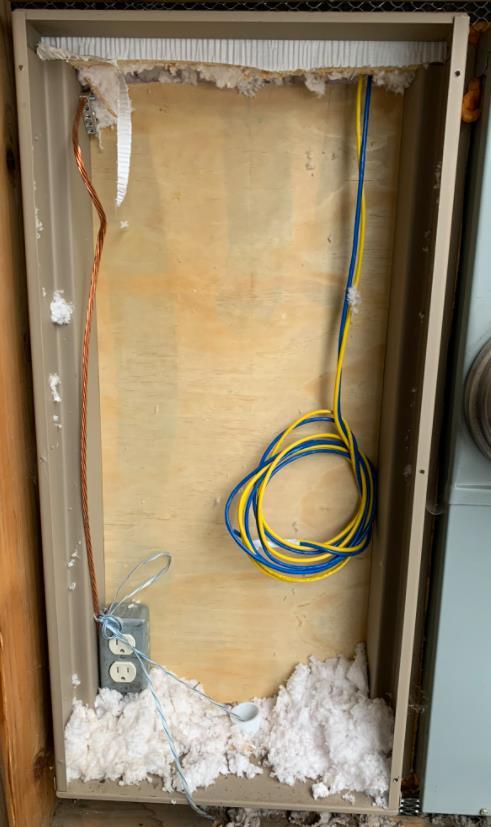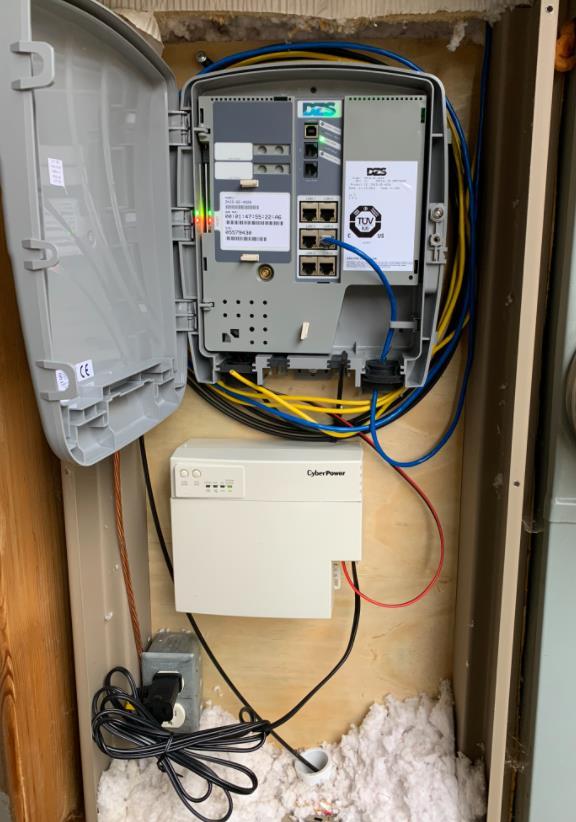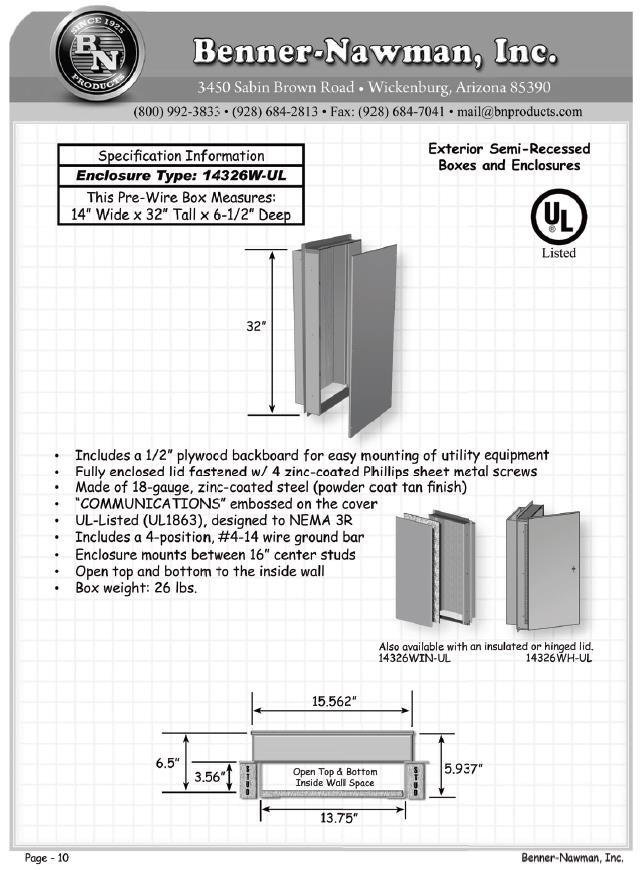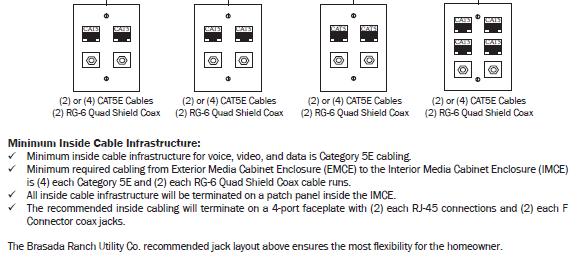
4 minute read
BRUC Fiber Conduit Communication Panel Connection Guidelines
Brasada Ranch Utilities LLC (BRUC) would like to welcome you to the growing property that is Brasada Ranch. In the following pages, we will be explaining what BRUC does, provides, and what you, as the builder, needs for delivery of the internet and phone services to the homeowner.
First, this is a partnership. BRUC cannot complete their installation and delivery of service without you and you can’t complete your installation and delivery of the necessary infrastructure without knowing what’s needed from us. Second, when we work together, we can make the delivery of the fiber utilities easy and seamless to the owner.
This is a brief history and what exactly we deliver to the house. During the initial development of Brasada Ranch, many basic utilities were not available from traditional utility providers. This meant Brasada Ranch had to develop their own utility system to be able to deliver necessary services and utilities. BRUC and the developers had the forethought to design the property with fiber for delivery of telephone and internet, which includes the ability in the future to deliver other services. This meant the delivery of hundreds of miles of fiber runs with thousands of miles of fiber. In some areas on property, there are fiber cables with 244 individual fibers running through the ground, vault or building. This is known as fiber to the home or FTTH. While fiber is a highly versatile method for data transport, it is not without its difficulty in connecting to endpoints and susceptibility to breakage. It takes specialized parts & equipment, experienced installers and careful handling of the fiber itself to prevent damage. We have the ability to grow and deliver a robust system that allows an almost unlimited option for services over a high speed network, for every home on property. As homeowner needs grow, so will our services.
Currently, BRUC works to monitor progress on homes being built with a few items in mind; Check that electrical ditch is excavated near the electrical pedestal and the fiber conduit that was run from the neighborhood fiber vault onto the property has been exposed. When the fiber conduit from the corner of the property to the house has been laid, ensure both ends are exposed and easily found. In addition, the fiber is swept up to and located at or above the ground level, or within an approved enclosure. Pull string is located within the conduit from the corner of the property and the stub-up, going unbroken into the FTTH communication panel. Electrical wire or Romex has been run into the FTTH communication panel for the necessary outlet. Ethernet cables have been run into the FTTH communication panel (at least two cables, more are recommended). CATV cable, such as RG8, has been run into the FTTH communication panel. As building progresses and siding is completed on the wall where the FTTH communication panel is located, BRUC puts in an order for fiber to be pulled to the house. Finally, when the homeowner requests and completes their service agreement for telephone and/or internet, BRUC installs the customer premise equipment (CPE, aka. ONT) and uninterruptible power supply (UPS) that translates the fiber into a telephone port and Ethernet ports for delivery of service.
Builders and General Contractors need to make sure the necessary infrastructure is in place at the appropriate time, so the fiber delivery can completed with minimal or no issues. This infrastructure is of the following. Minimum 1 inch conduit from the corner of the property where the existing fiber comes onto the property, both ends swept up (existing conduit and new conduit) together to the surface, continuing unbroken into the FTTH communication panel (new conduit). Any bends in the conduit needs to be done with sweeps, no sharp 45 degree or 90 degree bend fittings.
Pull string from FTTH communication panel to the end of the conduit. Does not need to continue into the vault. Electricity is available in the FTTH communication panel with a GFCI outlet located in the panel, or before the outlet, such as inside the garage. Ethernet cables, Cat5E minimum or better, ending in the FTTH communication panel, and going into the house. Minimum of two (2) cables, but four (4) is highly recommended. At least one Ethernet cable end terminated with RG45 end, or a distribution box with a RG45 jack. (See page 64 of the Design Review Guide) CATV RG6 cables, minimum of two (2), ending in the FTTH communication panel, and going into the house. Unobstructed, and properly closing FTTH communication panel. Currently, this needs to be a BennerNawman, Inc model 14326W-UL exterior semi-recessed enclosure. (see page 67 of the Design Review Guide) Below are examples of the necessary network and CATV wiring for the fiber communication panel.
If you do not supply terminated network connections, BRUC will terminate one connection on the outside with a connection to the CPE. Due to the necessary equipment that BRUC installs, there should be no customer equipment installed in the fiber communication panel. Below is an example of what BRUC installs.
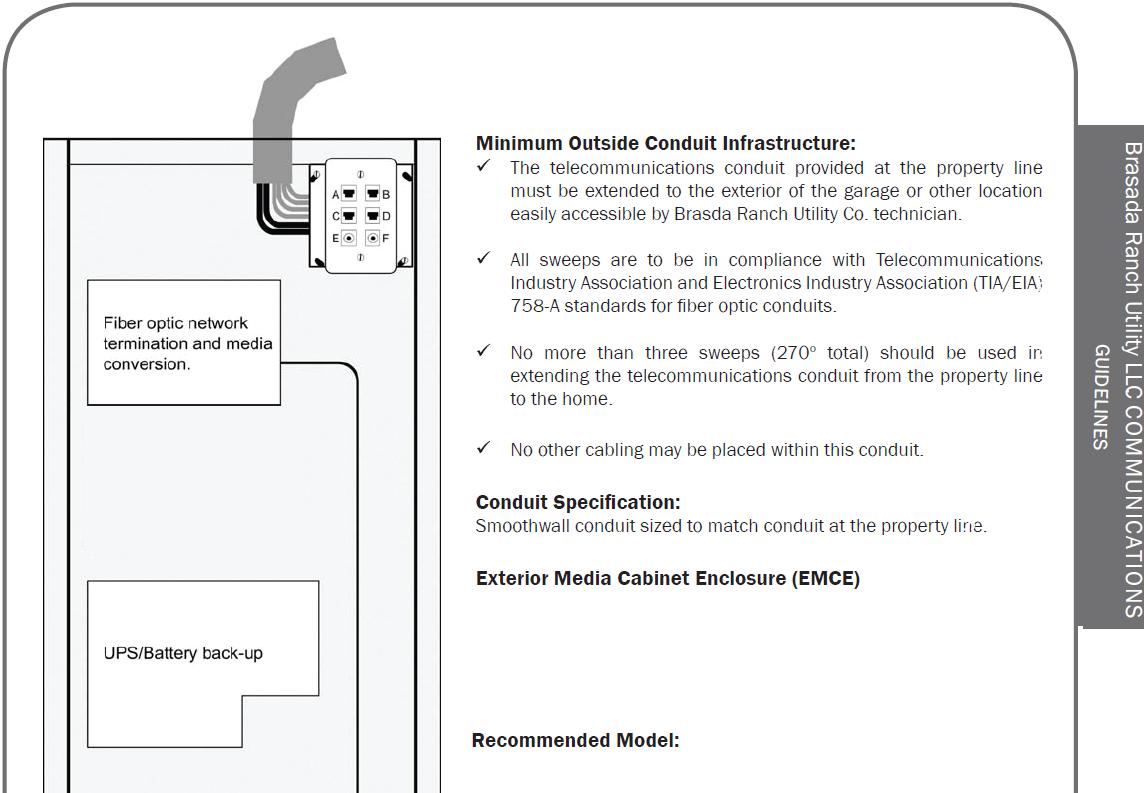

Below are pictures taken of proper conduit stubs, fiber communication panel connections and finally a finished installation after BRUC has installed all necessary hardware.

